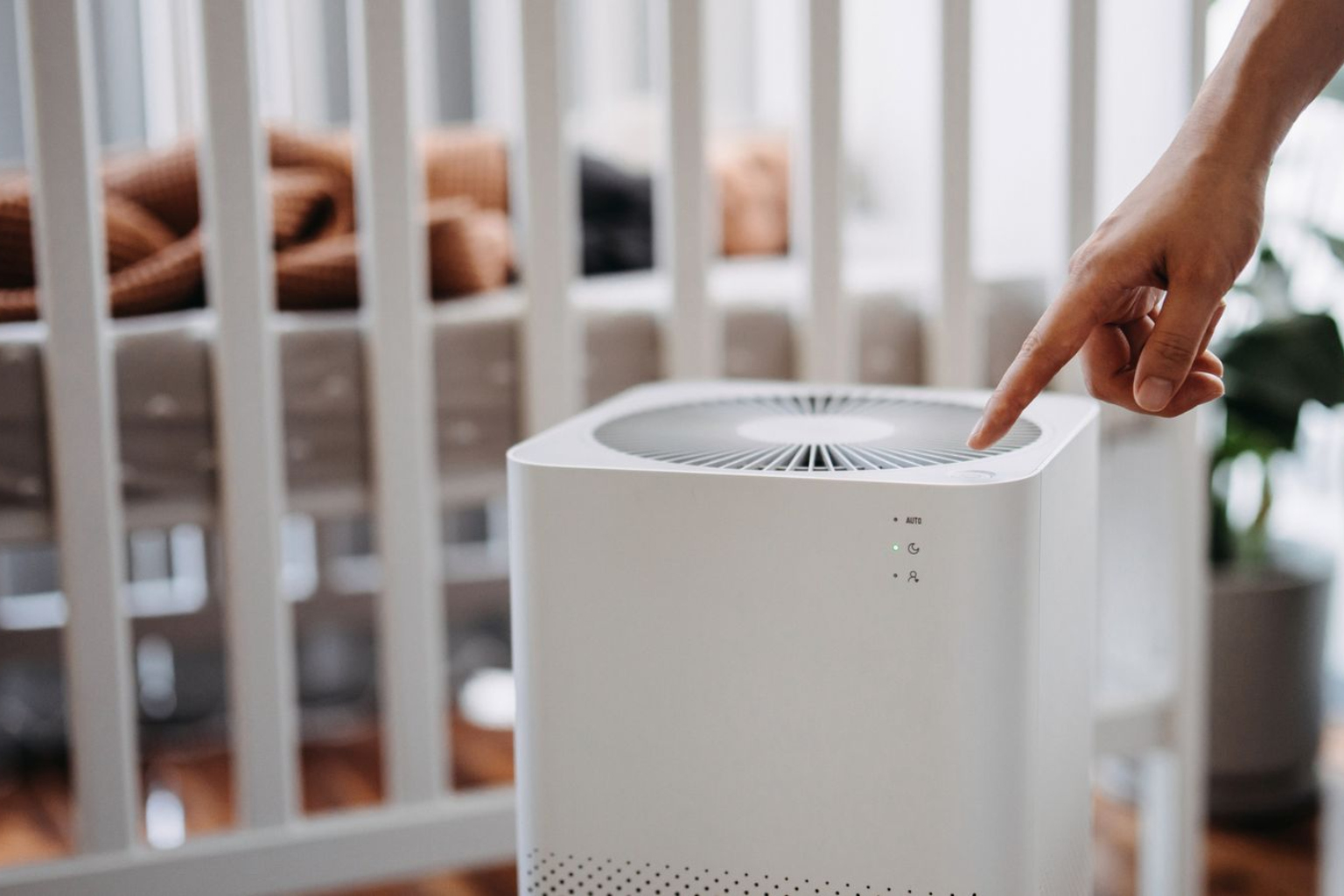There’s something about walking into a home that feels fresh. Not just “I opened the windows for a minute” kind of fresh, but the deep, crisp air that makes your lungs sigh with relief. For years, people thought of air purifiers as a luxury or maybe something only folks with allergies bothered about. But with rising concerns around indoor pollution, mold spores, seasonal allergies, and the reality that most of us spend more time indoors than we’d like to admit, the conversation has shifted. Clean air inside your home is no longer an extra—it’s a necessity.
I started thinking more seriously about this during a damp summer when mold crept into the corners of my basement. It wasn’t just unsightly. The air smelled heavy, and I caught myself sneezing more often. That’s when I realized that fresh air indoors doesn’t happen by accident—it takes the right system working quietly in the background.
The Demand for Cleaner Air in Everyday Homes
If you’ve noticed more friends casually mentioning the purifier in their living room, you’re not imagining things. Sales of home air purification systems have grown steadily because awareness has finally caught up with the science. Dust mites, pollen, bacteria, even viruses—our homes hold onto these far longer than we’d like. And while it’s easy to shrug and say, “Well, that’s just life,” the truth is, technology has advanced enough that we don’t have to accept breathing in contaminated air every day.
For homeowners who live in places with high humidity, like Long Island, the challenge can be even bigger. Moisture tends to invite mold, and mold spores don’t just stick to basements—they travel, floating invisibly from room to room. I’ve heard countless locals share how they upgraded to the best air purifier Long Island had available because their allergies were unbearable otherwise. When you connect the dots between air quality and how you feel day to day, the investment starts to look like common sense rather than an indulgence.
Not All Purifiers Are Created Equal
Now, it’s easy to assume that any gadget with a filter slapped on the front will get the job done. That’s far from the truth. Air purifiers vary widely in terms of what they target and how effectively they clean. Some are great at reducing smoke particles, while others specialize in allergens. The gold standard in many households has been HEPA filters, which are designed to trap microscopic particles, including mold spores and even certain bacteria.
When choosing a purifier, you want to think about the actual problems in your space. Got pets? Look for systems with strong odor control. Dealing with seasonal allergies? A HEPA unit is practically your best friend. Living in an older home with ventilation issues? You’ll want a model that can handle a broader range of contaminants.
What makes the choice tricky is that marketing often paints every purifier as “the one.” That’s where reading real experiences and independent reviews comes in handy. I spent hours comparing brands and models, and the difference between flashy promises and actual performance was staggering.
Real Talk: Aerus Beyond Guardian Air
One name that comes up over and over again in conversations around premium air quality systems is Aerus. Their Beyond Guardian Air line has developed a bit of a cult following, and honestly, it’s easy to see why. Unlike basic machines that only filter, this one combines technologies like HEPA with active purification that circulates through your home.
I scrolled through countless Aerus Beyond Guardian Air reviews, and what struck me was the consistency. People talked less about technical specs and more about how they felt. Less coughing, less dust on the shelves, fewer allergy flare-ups. That’s the kind of feedback you can’t put into a glossy brochure—it’s lived experience.
Of course, no product is perfect. A few reviewers mentioned the initial cost being steep, which is fair. But when you balance that against fewer doctor visits, cleaner air for your kids, and just waking up without a stuffy nose, the math starts working out in the purifier’s favor.
Tackling Mold and Viruses Head-On
We can’t avoid talking about mold. It’s the silent invader of so many households, thriving in damp bathrooms, attics, or basements. Mold isn’t just about stains on walls—it releases spores that can seriously affect your health over time. That’s why many health professionals stress the importance of a HEPA air purifier for mold and viruses. These systems are engineered to trap the tiny, harmful particles that your naked eye will never see.
During flu season, or in times when viral infections are spreading like wildfire, having a unit that doesn’t just circulate air but actively cleans it can feel like peace of mind bottled into a machine. I’ve personally noticed how much calmer I feel knowing that something in my home is constantly working to keep the invisible threats in check.
The Everyday Benefits You Don’t Always Expect
Here’s the thing about investing in a high-quality purifier: you notice changes you didn’t think about beforehand. Suddenly, your house smells lighter—like a fresh breeze snuck in while you weren’t looking. Friends drop by and casually remark, “Wow, it feels really clean in here,” even if you didn’t just mop. Your sleep feels deeper, and your morning headaches disappear.
One of the most underrated perks? Less dusting. I’m not saying you’ll never need to pick up a duster again, but the amount of buildup on furniture definitely goes down. For busy households, that’s one less chore competing for your weekend hours.
So, Is It Worth It?
Every home is different, and what works for one family might feel unnecessary to another. But when you consider how much time we spend indoors, how fragile our lungs really are, and how polluted indoor air can get without us realizing, the question shifts. Instead of “Should I get one?” it becomes “Why haven’t I already?”
Think about it this way: we’re quick to spend on kitchen upgrades, bigger TVs, or the latest phones. Yet air—the one thing we consume more than food or water—sometimes gets overlooked. When you place air quality in the same priority bracket, the logic is undeniable.
Final Thoughts
Breathing clean, fresh air isn’t about chasing trends. It’s about taking care of yourself and your family in the most fundamental way. Whether you live in a humid climate, struggle with allergies, or just want the reassurance that your home environment is as healthy as possible, an air purifier can make a world of difference.
The technology has caught up with the need, and today’s models aren’t just about dust—they’re about building healthier lives. And once you’ve felt the difference, it’s hard to imagine going back to stale, untreated indoor air.




